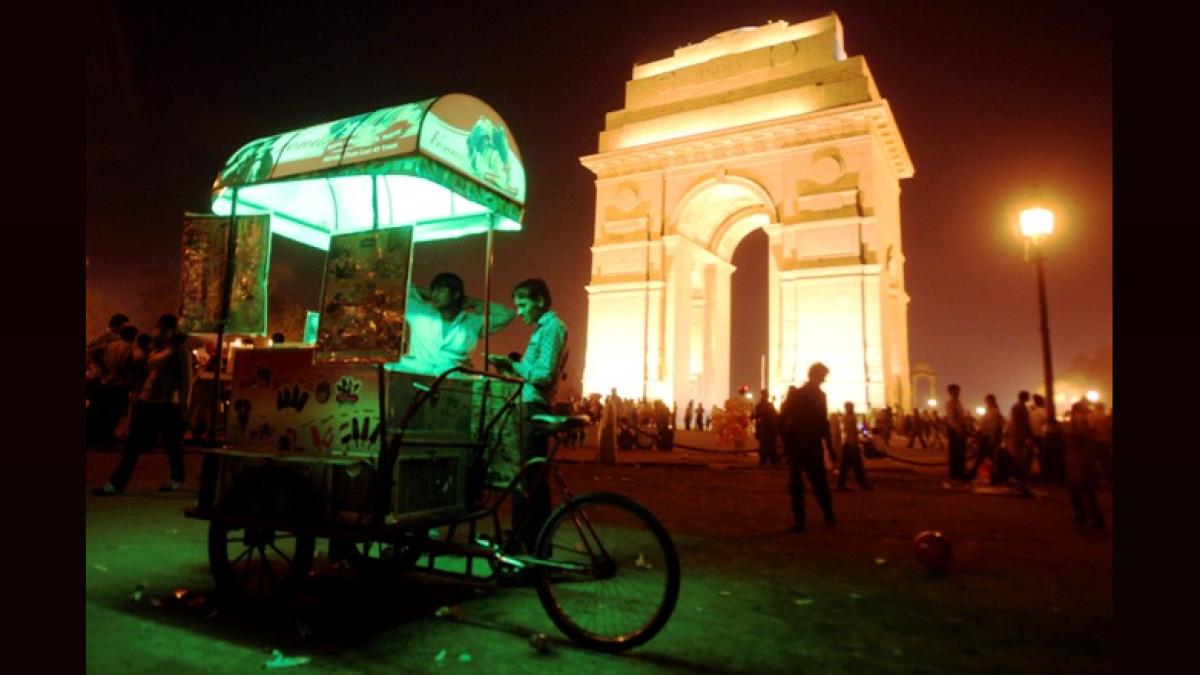Delhi's Finances Under Pressure: Revenue Surplus Plummets 55% in FY24 – What the CAG Report Reveals

Delhi's financial landscape has shifted significantly, according to the recently released FY24 finance report. A stark 55% decrease in the revenue surplus has raised concerns about the city's fiscal health, despite a positive growth in the Gross State Domestic Product (GSDP). The report, meticulously compiled by the Comptroller and Auditor General (CAG), offers a detailed analysis of Delhi's economic performance and highlights emerging challenges.
A Deep Dive into the Numbers
The report indicates that while the GSDP experienced growth, the substantial reduction in the revenue surplus signals a tightening of Delhi’s financial position. This surplus, representing the difference between the government's revenue and expenditure, acts as a crucial buffer against unforeseen economic shocks and provides resources for vital public services. A significant decline, as witnessed in FY24, necessitates a closer examination of spending patterns and revenue generation strategies.
Key Findings from the CAG Report
The CAG report doesn't just present the headline figures; it delves into the underlying factors contributing to the revenue shortfall. Some key areas of scrutiny include:
- Expenditure Management: The report likely assesses the efficiency and effectiveness of government spending across various departments, identifying areas where costs could be optimized.
- Revenue Generation: A detailed analysis of tax collection, non-tax revenue, and other income streams will be included, potentially pointing to weaknesses in revenue collection processes.
- Debt Management: The report likely evaluates Delhi’s debt levels and the sustainability of its borrowing practices.
- Capital Expenditure: The report may investigate the impact of capital expenditure on the city’s infrastructure and long-term growth prospects.
What Does This Mean for Delhi Residents?
A shrinking revenue surplus could have far-reaching implications for Delhi residents. Potential consequences include:
- Reduced Public Services: Government may be forced to curtail spending on essential services like healthcare, education, and transportation.
- Delayed Infrastructure Projects: Capital projects crucial for Delhi's development might face delays or cancellations.
- Increased Borrowing: To bridge the funding gap, the government might need to borrow more, potentially leading to higher debt levels in the future.
Looking Ahead: Addressing the Fiscal Challenges
The Delhi government faces the challenge of restoring fiscal stability. Potential strategies include:
- Boosting Revenue: Exploring new revenue streams, improving tax collection efficiency, and attracting investment.
- Controlling Expenditure: Implementing stricter budget controls, streamlining government operations, and eliminating wasteful spending.
- Promoting Economic Growth: Creating a favorable business environment to stimulate economic activity and generate more tax revenue.
The full CAG report provides a comprehensive understanding of Delhi’s financial situation and serves as a vital resource for policymakers, economists, and concerned citizens. Understanding these trends is crucial for ensuring the long-term economic well-being of the capital.






